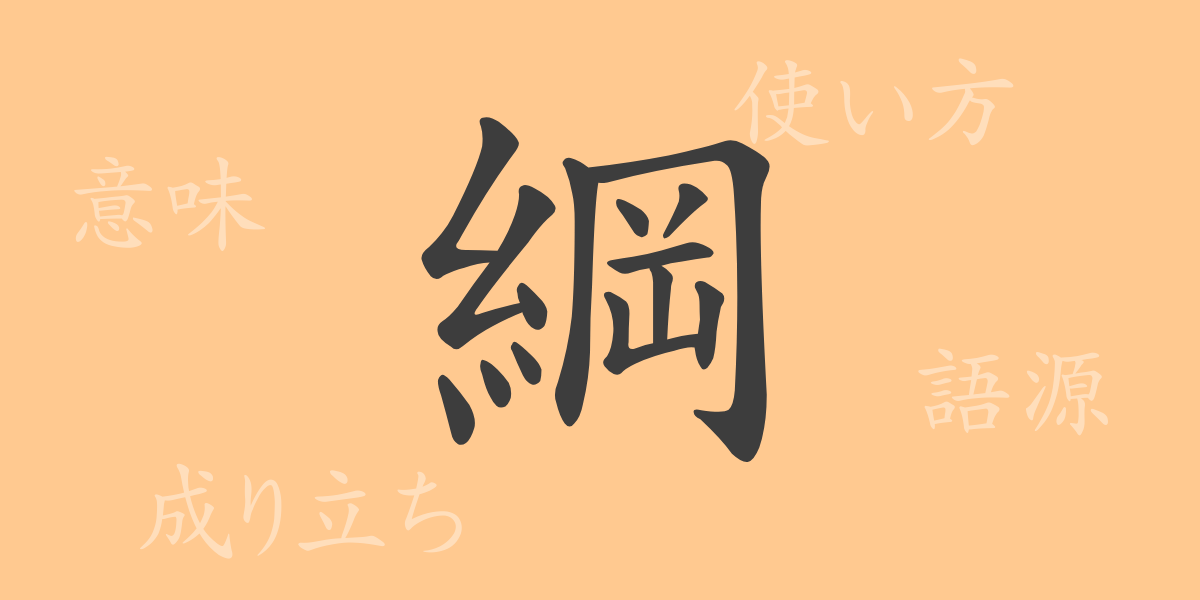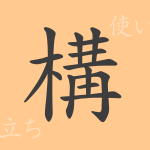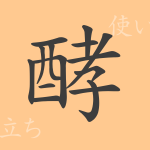There are numerous kanji in the Japanese language, each with its own unique history and meaning. This time, we focus on “綱(つな)”, a commonly used kanji in Japan, exploring its origin, meanings, and usage. Let’s delve into the rich world encapsulated in this single character, which plays a significant role in Japanese life, culture, and values, from its etymology to idioms and proverbs featuring “綱(つな)”.
Origin of 綱(つな) (Etymology)
The kanji “綱(つな)” originated from ancient China, where it derived from a word meaning rope. The original form depicted a strong, bundled rope, symbolizing its importance and central role. Over time, this character evolved to represent not only physical ropes but also abstract concepts such as the fundamental elements of an organization or system. Today, it is used in various contexts to signify core principles and key components.
Meanings and Usage of 綱(つな)
The kanji “綱(つな)” initially means “thick rope” and extends to signify “important principles or rules” and “the main parts of an organization or group.” For example, “綱紀(こうき)を正す” means to correct the discipline of an organization, and “綱領(こうりょう)” refers to the basic policy or principles of a group. These usages reflect the character’s implication of central roles and fundamental frameworks.
Readings, Stroke Count, and Radical of 綱(つな)
The kanji “綱(つな)” is deeply rooted in the context of the Japanese language, both in its form and meaning.
- Readings: On-yomi: こう, Kun-yomi: つな
- Stroke count: 14 strokes
- Radical: 糸(いとへん) (thread radical)
Idioms, Phrases, and Proverbs Using 綱(つな)
There are numerous idioms, phrases, and proverbs in Japanese that include “綱(つな),” each reflecting the Japanese way of thinking and behavior. For example, “綱引き(つなひき)” refers not only to the tug-of-war game but also to situations where opinions or interests are in conflict. “大綱(たいこう)を掲げる” means to set forth major goals or policies, and “綱渡り(つなわたり)” describes navigating dangerous situations or overcoming difficult circumstances. These expressions vividly reflect the essential meaning of “綱(つな).”
Conclusion on 綱(つな)
The kanji “綱(つな)” is deeply intertwined with Japanese life through its history, etymology, meanings, and daily usage. It holds value beyond a mere character, influencing our culture and thought. Understanding “綱(つな)” is essential for comprehending Japanese. We hope this article helps readers appreciate the multifaceted charm of “綱(つな)” and deepens their understanding of the Japanese language.

























